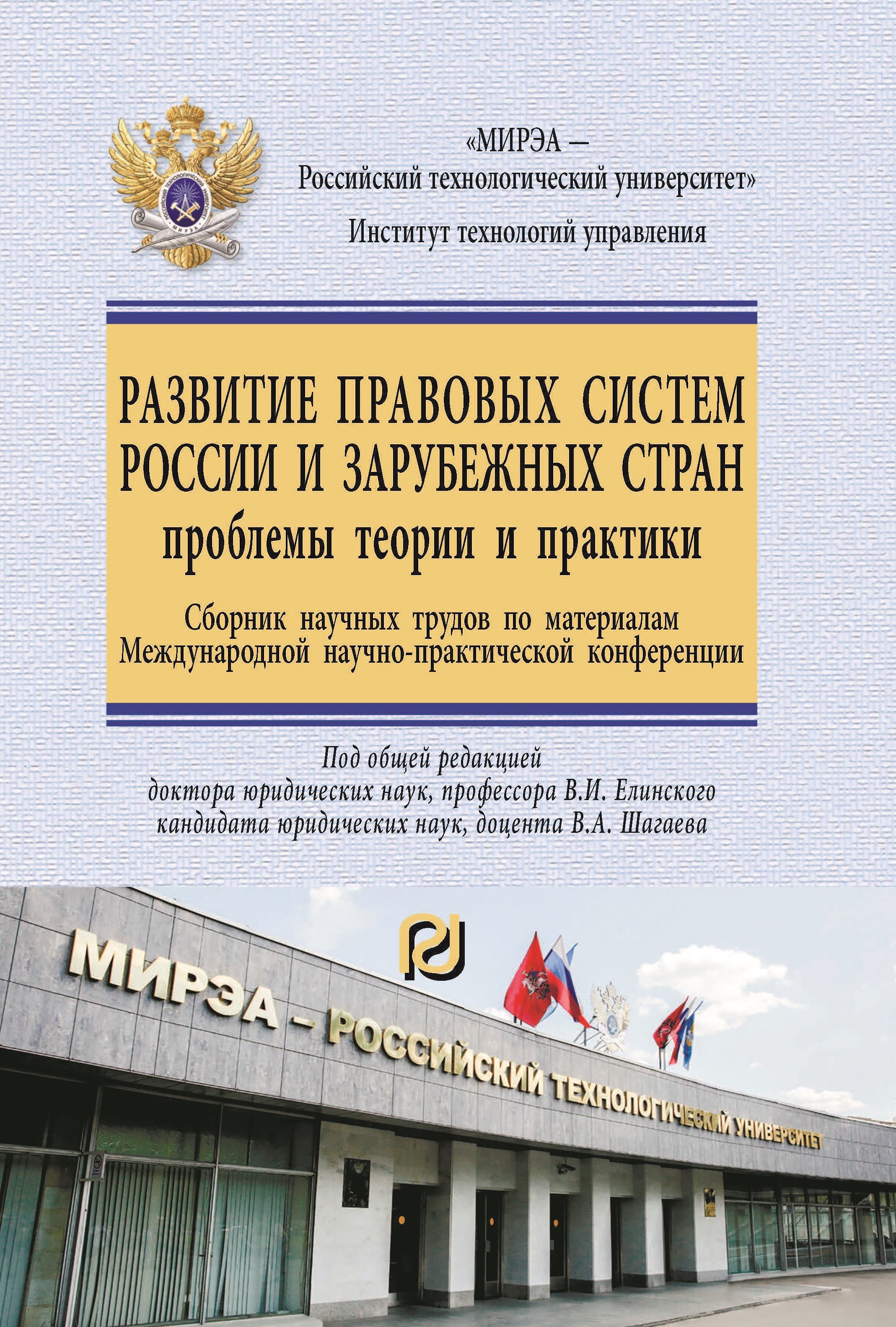УДК 34 Право. Юридические науки
ГРНТИ 10.15 Конституционное (государственное) право
ОКСО 40.04.01 Юриспруденция
ББК 67 Право. Юридические науки
ТБК 7531 Конституционное право
BISAC LAW018000 Constitutional
Данная статья представляет собой сравнительное исследование не только текстов двух конституций Японии, но и аналитическое исследование, раскрывающее все культурные, идеологические и политические аспекты, побудившие японские власти принять каждую из них. Конституция Мэйдзи была провозглашена в 1889 году во время империалистической фазы японской истории, когда страна была названа империей Великой Японии (大日本帝国), где Токио был доминирующей мировой державой. В то время как недавняя Конституция Японии (日本国憲法) была издана в 1947 году под наблюдением Верховного главнокомандующего союзными державами (SCAP), который в конечном итоге является иностранной оккупационной властью. Благодаря детальному анализу, предпосылкам и рассуждениям это исследование раскроет исторические события, которые привели к этим конституциям, и откроет дискуссию для обсуждения будущих перспектив попыток японского вооружения, которые ограничены статьей 9 (日本国憲法第9条).
японоведение, Конституция, история, мир, право
1. A Decade of American Foreign Policy 1941-49, Washington: United States Government Printing Office, 1950.
2. Barshay A.E. (2021). State and intellectual in imperial Japan: The public man in crisis. University of California Press.
3. Basic initial post surrender directive to supreme Commander for the Allied powers for the occupation and control of Japan (JCS1380/15). (n.d.). 国立国会図書館-National Diet Library. URL: https://www.ndl.go.jp/constitution/e/shiryo/01/036/036tx.html.
4. Bix H.P. (2009). Hirohito and the making of modern Japan. HarperCollins.
5. Colegrove K. (1941). Militarism in Japan’s foreign policy. The ANNALS of the American Academy of Political and Social Science, 215(1). Pp. 7-16. DOI: https://doi.org/10.1177/000271624121500102.
6. Duus P., Myers R.H. & Peattie M.R. (2010). The Japanese wartime empire, 1931- 1945. Princeton University Press.
7. F.R.U.S.: Foreign Relations of the United States, Department of State, Volumes: VI, VII, VIII, XVIII, Washington: United States Government Printing Office.
8. Ford D. (2013). The Imperial Japanese Army in the World War II era. Military History. DOI: https://doi.org/10.1093/obo/9780199791279-0115.
9. Friedrich C. (1948). American Experiences in Military Government in World War II, Rinehart C.
10. Gerwarth R. (2015). The Axis. The Cambridge History of the Second World War. Pp. 21-42. DOI: https://doi.org/10.1017/cho9781139524377.004.
11. Haugen B. (2005). Douglas MacArthur: America’s general. Capstone.
12. Hewitson M. (2010). Prussia, the nation and the Constitution. Nationalism in Germany, 1848-1866. Pp. 221-290. DOI: https://doi.org/10.1007/978-0-230-31352-1_6.
13. Jefferies M. (2016). The Ashgate research companion to imperial Germany. Routledge.
14. Joji Matsumoto. Draft of tentative revision of the Constitution draft. Birth of the Constitution of Japan. (n.d.). 国立国会図書館-National Diet Library. URL: https://www.ndl.go.jp/constitution/e/shiryo/02/058cshoshi.html.
15. Keene D. (2005). Emperor of Japan: Meiji and his world, 1852-1912. Columbia University Press.
16. N.D.L.: National Diet Library - Japan. URL: http://www.ndl.go.jp/en/index.html.
17. Nishikawa Y. (2018). Article 9 and the Constitution of Japan. Political Sociology of Japanese Pacifism. Pp. 32-66. DOI: https://doi.org/10.4324/9781315164045-3.
18. O.J.P.P.: Occupation of Japan: Policy and Progress, Washington: United States Government Printing Office, 1946.
19. P.R.J.S.S.: Political Reorientation of Japan September 1945 to September 1948, Washington: US Government printing office, 1949.
20. Papers Relating to the Foreign Relations of the United States 1946, Vol. VI, Washington: United States Government Printing Office, 1969.
21. Papers Relating to the Foreign Relations of the United States1947, Vol. III, Washington: United States Government Printing Office, 1972.
22. Parish H. (1974). The Role of the Imperial Family in Modern Japan. Social Science, 49(2). Pp. 74-84.
23. Pittau J. & Saburo I. (1965). Minobe Tatsukichi no shisoshiteki kenkyu (Intellectual and historical studies in Minobe Tatsukichi). Monumenta Nipponica, 20(3/4). P. 468. DOI: https://doi.org/10.2307/2383349.
24. Potsdam declaration. (2020, July 24). Truman Library Institute. URL: https://www.trumanlibraryinstitute.org/wwii-75-marching-victory-17/.
25. Renunciation of war. (2004). Grassroots Pacifism in Post-War Japan. Pp. 234-234. DOI: https://doi.org/10.4324/9780203421000-22.
26. Staff E. (1966). General headquarters Supreme Commander for the Allied powers: Official documents (Part 1). Japanese Journal of Religious Studies. DOI: https://doi.org/10.18874/jjrs.crj.7.4.1966.321-360.
27. The Constitution of Japan. (n.d.). Prime Minister of Japan and His Cabinet. URL: https://japan.kantei.go.jp/constitution_and_government_of_japan/constitution_e.html.
28. The Constitution of the empire of Japan | Birth of the Constitution of Japan. (n.d.). 国立国会図書館-National Diet Library. URL: https://www.ndl.go.jp/constitution/e/etc/c02.html.
29. Yamamura K. (1964). Zaibatsu, prewar and Zaibatsu, postwar. The Journal of Asian Studies, 23(4). Pp. 539-554. DOI: https://doi.org/10.2307/2050237.





